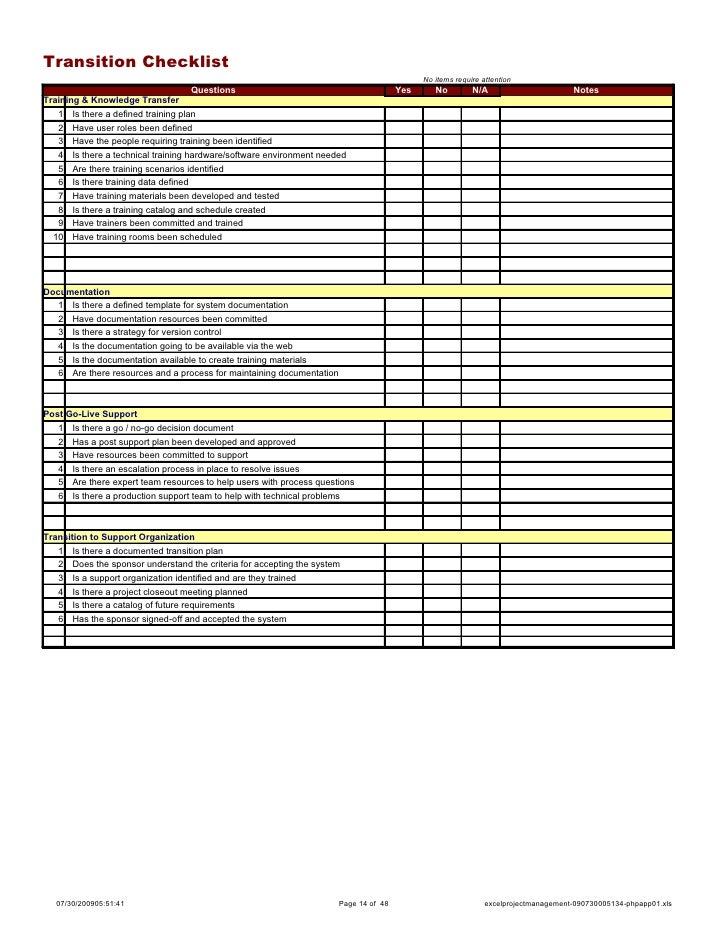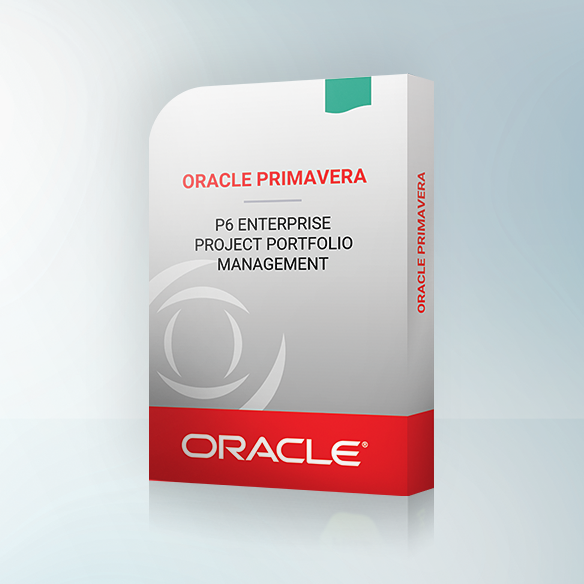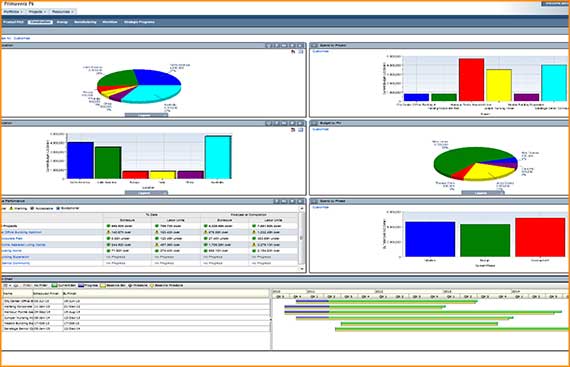


An Opportunity is a risk that may benefit your project. A Threat is something that will negatively impact your cost or schedule. Type The options are Threat or Opportunity.Name Replace the generic name with a meaningful one.ID P6 EPMM will automatically create an id, but if you have a standard numbering method, you can replace it as long as it is unique.

Whether you use the worst case scenario exercise or some other method for identifying risks, logging and defining the risks can be done in P6 EPPM in the Projects tab, Risks window.įor the Identify step, the following fields should be filled: The Identify Risks step is simply the act of getting items that could potentially impact the project out in the open for discussion. Although not captured in P6 EPPM, the Risk Management Plan is important for communicating how the application will be used as part of the process. This step documents how risks will be identified, analyzed, and handled throughout the project. To manage risk effectively, you first have to agree on how risks should be managed. This Tech Tip outlines the Project Management Institute Project Management Body of Knowledge (PMI PMBOK®) approach to Risk Management and show how Oracle’s Primavera P6 Enterprise Project and Portfolio Management (EPPM) application puts it into practice. Real Risk Management turns these potentially devastating items into actionable plans to address them before they take down the project Often these types of risk are dutifully written down and pulled out later as excuses when they actually happen and the project fails. If the subcontractor doesn’t complete clearing the site on schedule, we may miss our window of opportunity before the rainy season.” It can put the project on hold for a month.” This city is a stickler for permits and they always take longer than expected. We always seem to be waiting for inspectors to show up and it keeps us from moving forward, sometimes by a week.” It’s a simple question: Why did the project fail? In the exercise, we picture ourselves at the end of the project, sitting in a room discussing what went wrong. As a project manager, I would hold Risk Assessment sessions in which I asked the team to envision the demise of the project. When things turn bad on a project, there are always those that say, “We should have seen that coming.” In many cases, that is true.


 0 kommentar(er)
0 kommentar(er)
